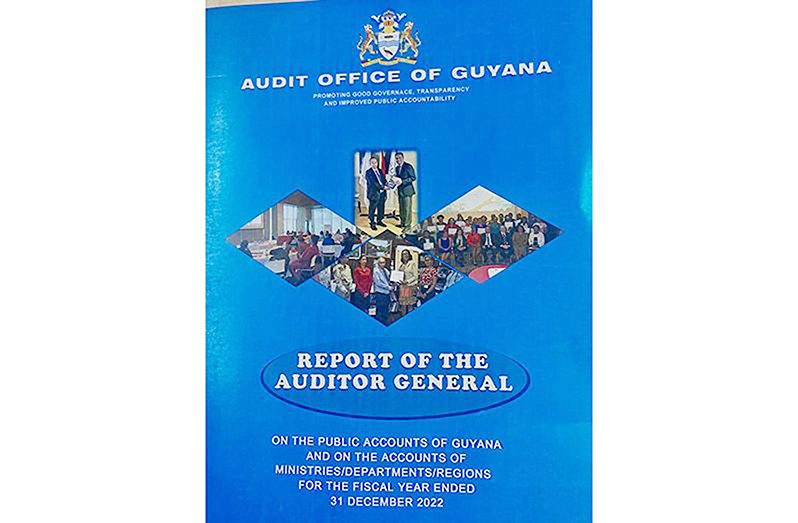NUMEROUS discrepancies, including insufficient funding to cover programme expenditure, were unearthed by the Auditor General in the assessment of the Ministry of Education (MoE) Hinterland School Feeding Programme, under the former APNU+AFC government.
According to the report, during 2018-2020, when analysing the sample of 47 months’ Financial Statements, for 15of those months, the funds allocated were not sufficient to cover the programme’s expenditure.
“This was caused by spending on items not budgeted for or stipulated in the Programme’s Guidelines as monthly operational costs,” the report stated while further highlighting that purchases were made for a generator, stove, printer with papers, tools, among other items.
It was further explained that approval for expenditure is given by the committee at the school level and during interviews conducted with ministry officials, it was mentioned that monies are allocated separately under investment costs for purchases such as kitchen appliances and utensils.
Within the report, it was further highlighted that in the year 2019, there were three additional regions that benefitted from the programme, however, while approval was granted for 14 schools, only eight benefitted.
NUTRITIOUS MEALS NOT SERVED
With the goal of ensuring that all children have access to quality education, research has shown that children who receive a nutritious diet perform and learn better in school.
The school feeding programme is a part of a wider effort by government to improve students’ attendance, build their self-esteem, and provide them a better opportunity to complete school, receive a sound education and make a meaningful contribution to society.
In order to determine whether every boy and girl received a nutritious meal and the daily nutrient intake of students as recommended by the Guyana Food Based Dietary Guideline, the Auditor General analysed sample menus from January 2018 to March 2020. The results of the analysis were negative.
The report revealed: “We analysed meals served at 18 Schools in Regions One, Seven and Nine and found that meals offered did not include foods from all six of the food groups as recommended.”
“Staple foods, food from animals and fats were frequently used in the preparation of meals for students, and their recommended daily requirements were fully met. However, as it relates to food from animals, chicken and beef were predominantly served, while at some schools fish were rarely served or never served at all,” the report noted, while explaining that this can increase the risk of hormonal imbalance, gynecomastia and insulin resistance in children of school age along with the risk of cardiovascular diseases.
On the other hand, vegetables, fruits and legumes did not meet the nutritional requirements of the basic six food groups as they were rarely served in some schools.



.jpg)








